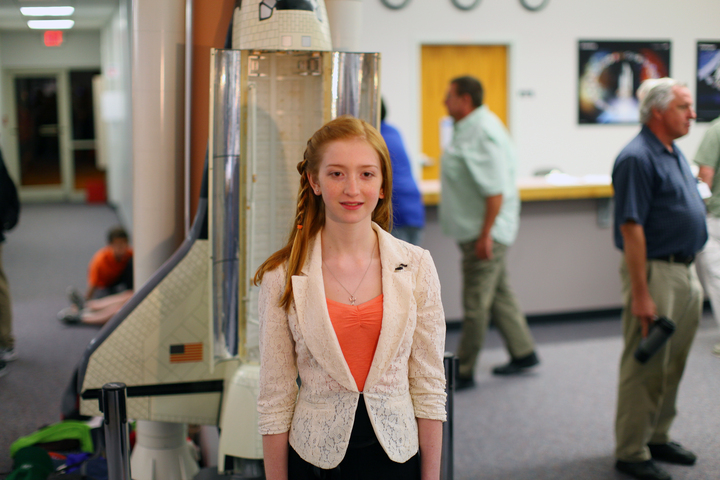For those following along, the National Center for Earth and Space Science Education and NanoRacks are reporting that Station Commander Suni Williams carried out all scheduled Crew Interaction Activities for day A+1 between 12:20 and 12:50 pm EDT October 12. Three experiments were activated, one deactivated, and one shaken.
The SSEP Mission 2 to ISS: Experiment Log was updated yesterday to reflect these activities.
You might be interested to know that Suni is a Captain in the United State Navy, and she holds the record for the longest stay in space by a woman – 195 days.
As reported, one experiment has now been de-activated on schedule, and is therefore now complete. It is the following Mission 1 to ISS experiment from Houston, Texas:
Hepatocyte Development in Bioscaffolds infused with TGFB3 in Microgravity
Grade 8; Johnston Middle School
Principal Investigator: Emily H. Soice
Teacher Facilitator: Nicole DiLuglio, IPe Teacher
Proposal Summary:
This project explores whether a bioscaffold infused with TGFB3 grows and forms structures of hepatocyte cells faster in microgravity than in normal gravity. This project builds on and combines previous work on: 1) the ability of hepatocytes to form structures in bioscaffolds in a simulated microgravity environment that could not be formed in normal gravity; 2) the accelerated growth of cartilage cells grown in bioscaffolds infused with growth factor beta 3 (TGFB3). Further understanding of improved bioscaffolding in microgravity with the addition of growth factor to increase rate of growth lays the ground work for the eventual growth of replacement tissue, joints, and even organs that is not currently possible in normal gravity. In this experiment, hepatocytes will culture in space for two days and then be preserved with formaldehyde so that it can be returned for analysis. Upon return to normal gravity, the cell growth and formation will be compared with the control group that has been developed in normal gravity, both with and without TGFB3 infusion into the growth medium.
Principal Investigator Emily Soice, now in 9th grade, was down at Kennedy Space Center when her experiment first launched in May 2012 on the first flight of the Mission 1 payload. She was one of the SSEP Student Researchers at the NASA press site and was interviewed by NASA. Future American researcher Dr. Emily Soice is pictured above at the press site.
SSEP is undertaken by the National Center for Earth and Space Science Education (NCESSE) in partnership with NanoRacks LLC. This on-orbit research opportunity is enabled through NanoRacks LLC, which is working in partnership with NASA under a Space Act Agreement as part of the utilization of the International Space Station as a National Laboratory.
SSEP is the first pre-college STEM (Science, Technology, Engineering, and Math) education program that is both a U.S. national initiative and implemented as an on-orbit commercial space venture.


Comments are closed.